Best
Flute
-
Overall: Delivers a responsive sound with superb intonation
-
Best Feature: The offset G allows a more natural hand shape for comfort
-
TedScore™: 8.5/10
Best
BEGINNER CLARINET
Clarinet AN INDUSTRY STANDARD CHOICE
-
Overall: Durable material with great projection and sound
-
Best Feature: Adjustable thumb rest to make playing more comfortable
-
TedScore™: 9/10
Best
High-End Sax for Beginners
-
Overall: Unparalleled Japanese build quality
-
Best Feature: Luxurious metals offer a direct and pure sound
-
TedScore™: 7.5/10
Curious about woodwind instruments? If yes, you’re in the right spot!
The woodwind family includes a variety of instruments that produce sound by blowing air through a mouthpiece or reed. The most popular woodwind instruments include the flute, clarinet, saxophone, and oboe.
Whether you’re a beginner or an experienced player, learning to play a woodwind instrument can be a rewarding and fulfilling experience.
Each wind instrument has unique sound and playing techniques, making it an exciting journey to explore the different options and find the one that suits you best.
So here is our complete Woodwind Instruments List!
Understanding Woodwind Instruments

Woodwind instruments are a family of musical instruments that produce sound by blowing air through a tube or a series of tubes. The sound is created by the vibration of the air inside the tube, which is then amplified by the instrument’s body.
Woodwind instruments can be classified into two main categories: reed and non-reed.
Reed instruments produce sound using a reed, a thin piece of material that vibrates when air is blown across it. On the other hand, non-reed instruments produce sound by blowing air across a mouthpiece or through a fipple.
There are two types of reed instruments: single-reed and double-reed instruments.
Single-reed instruments, such as the clarinet and saxophone, use a single reed to produce sound. Double-reed instruments, such as the oboe and bassoon, use two reeds that vibrate against each other to produce sound.
The design of woodwind instruments can vary greatly, depending on the type of instrument and the desired sound.
Some instruments, such as the flute, have no reeds and produce sound by blowing air across a mouthpiece. Others, such as the oboe and bassoon, have a complex system of keys and holes that allow the player to produce a wide range of notes.
The size of the instrument can also affect its sound and range. Smaller instruments, such as the piccolo and soprano saxophone, produce higher-pitched sounds, while larger instruments, such as the bass clarinet and contrabassoon, produce lower-pitched sounds.
Materials Used in Woodwind Instruments
When it comes to woodwind instruments, the materials used can significantly impact the sound and overall quality of the instrument. Here are some of the most commonly used materials in woodwind instruments:
Wood
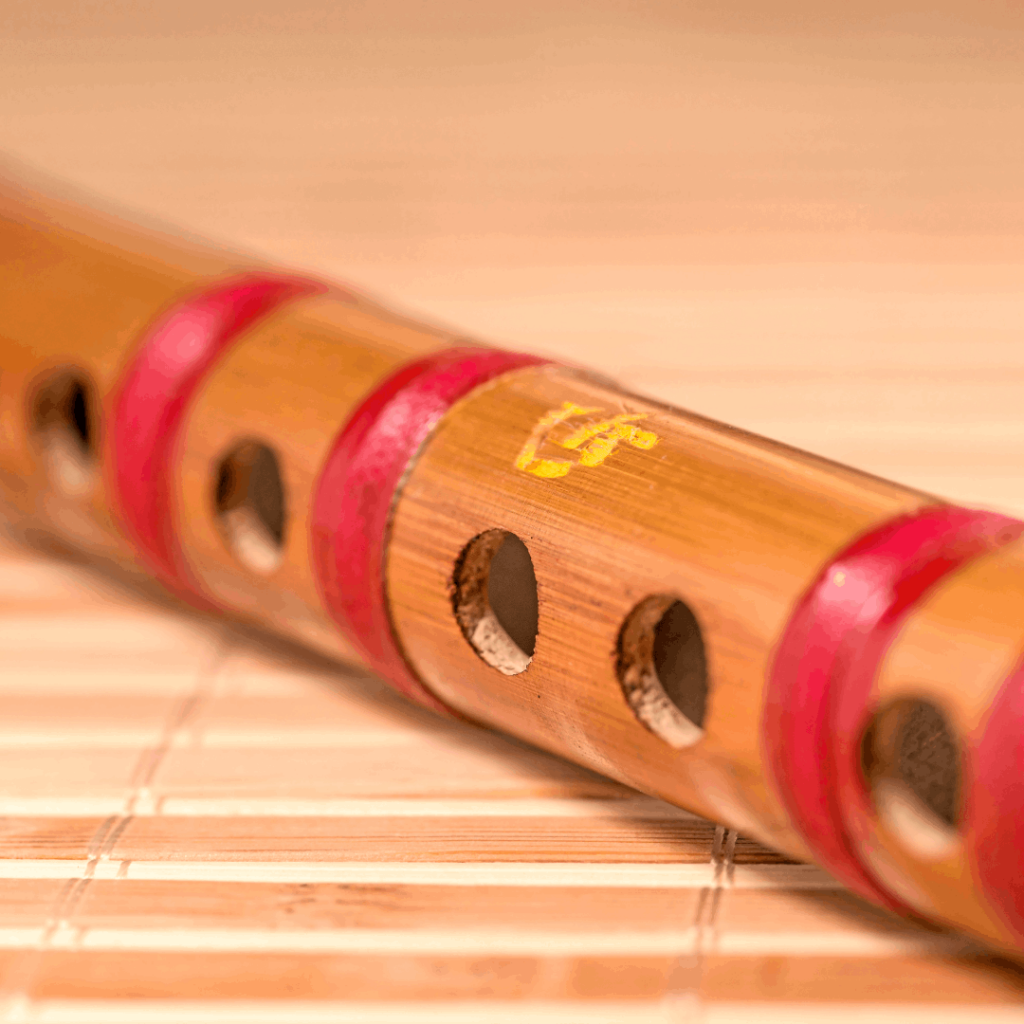
Wood is one of the most traditional materials used in woodwind instruments. Different types of wood can produce different tones and characteristics, making it a popular choice for musicians who want a specific sound.
Maple and ebony are popular for clarinets, while rosewood and grenadilla are commonly used for oboes and bassoons.
Plastic
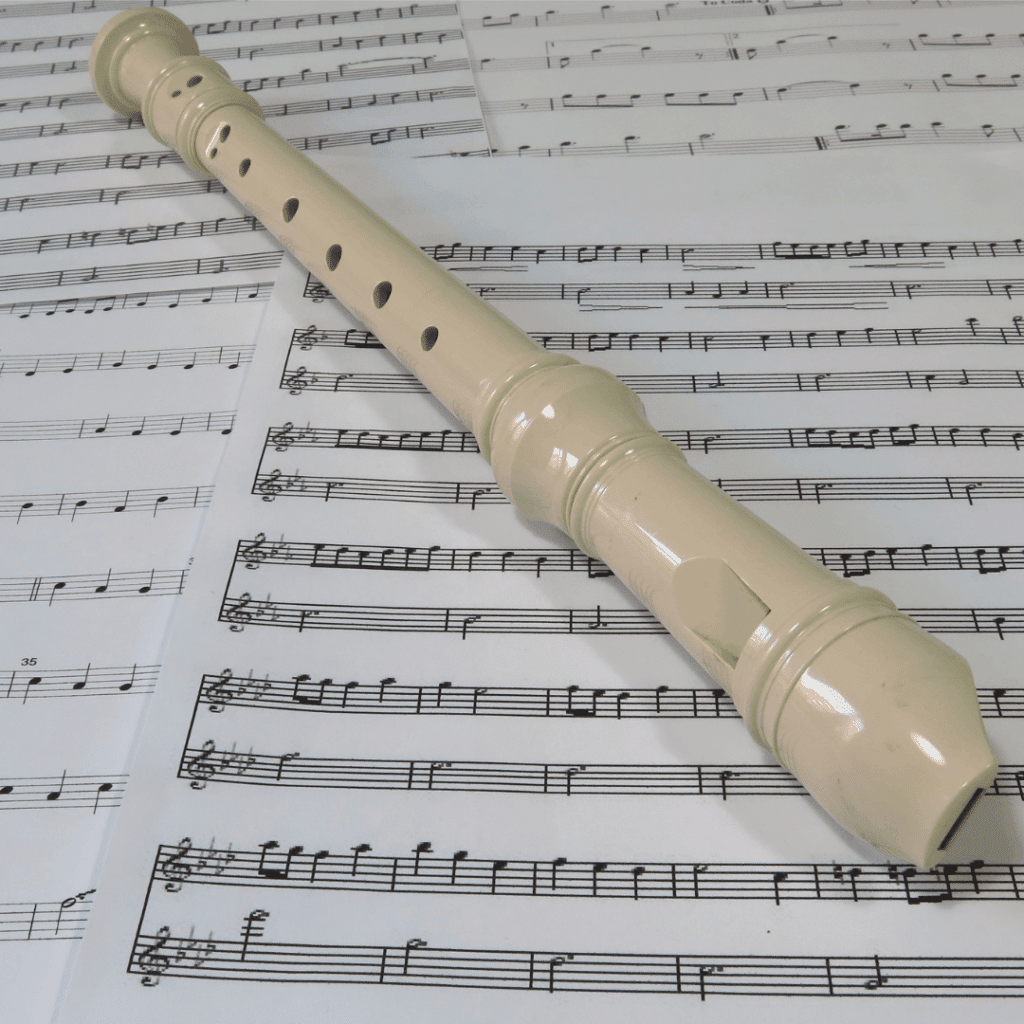
Plastic is a more affordable and durable alternative to wood. It’s commonly used in student models of woodwind instruments and is a popular choice for marching bands and outdoor performances.
Plastic instruments are also easier to maintain and less susceptible to temperature and humidity changes.
Silver
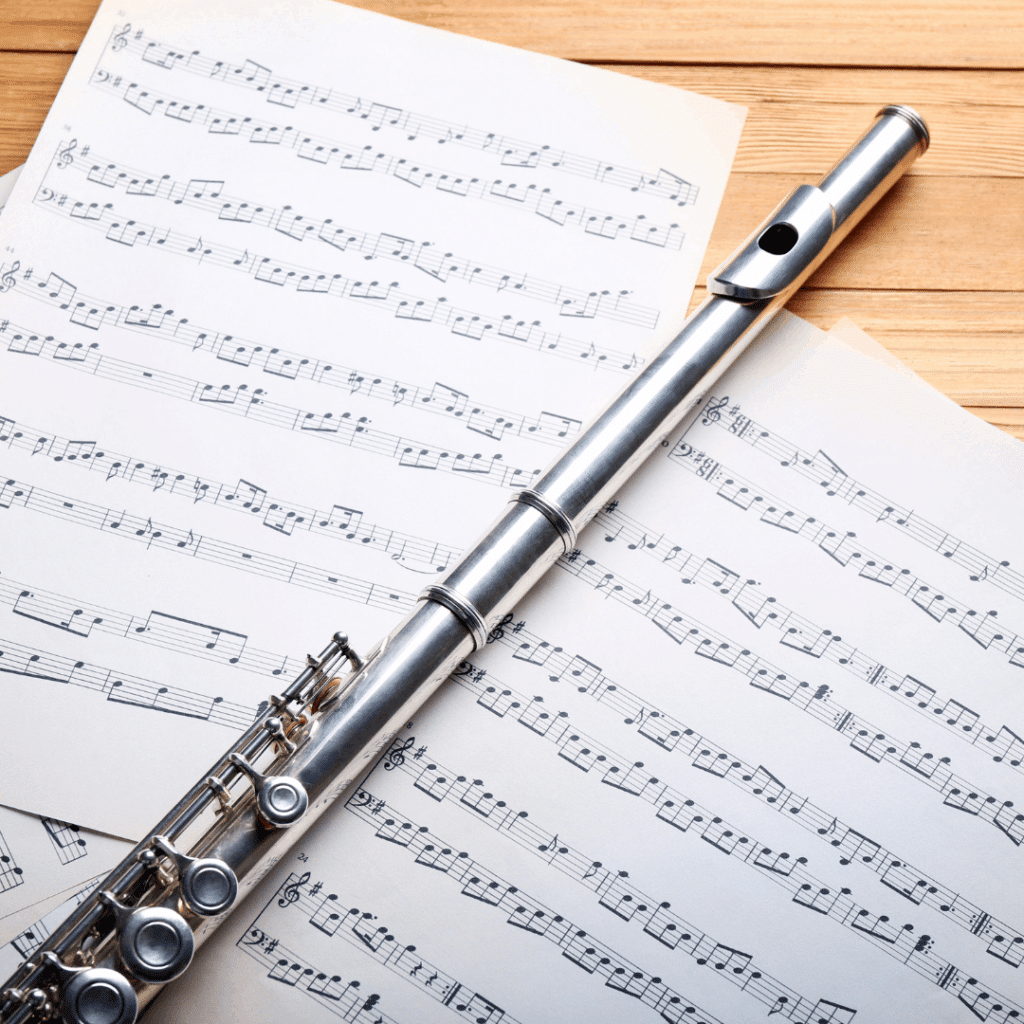
Silver is a popular material for woodwind instruments’ keys and other metal parts. It’s durable, corrosion-resistant, and provides a bright and clear sound. Silver-plated keys are a common feature in many professional-level woodwind instruments.
GOLD
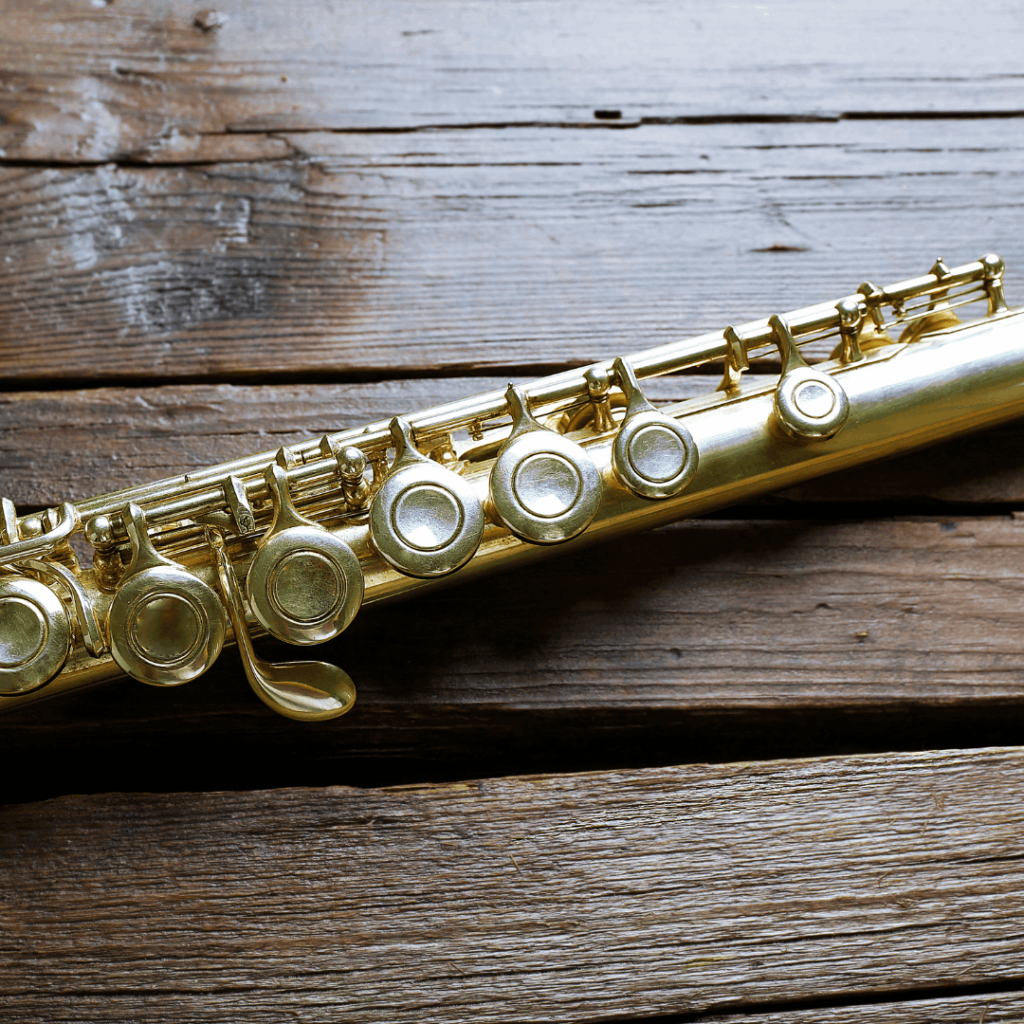
Gold is a luxurious material commonly used for high-end woodwind instruments’ keys and other metal parts. It’s a softer metal than silver, which can produce a warmer and more mellow sound. Gold-plated keys are a popular feature in many high-end flutes and saxophones.
BRASS
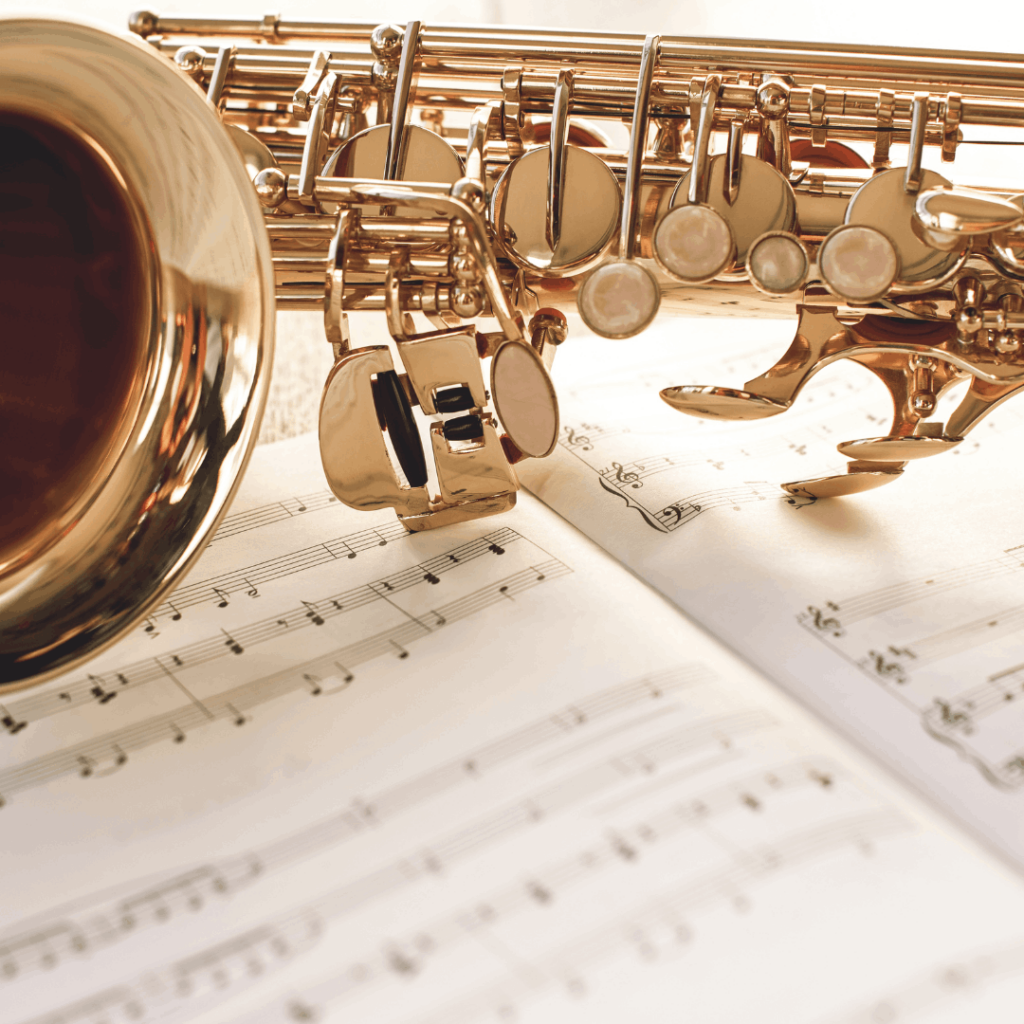
Brass is a popular material for woodwind instruments, particularly saxophones and some clarinets. It’s durable and provides a bright and powerful sound. Brass instruments are also relatively affordable compared to other materials.
METAL
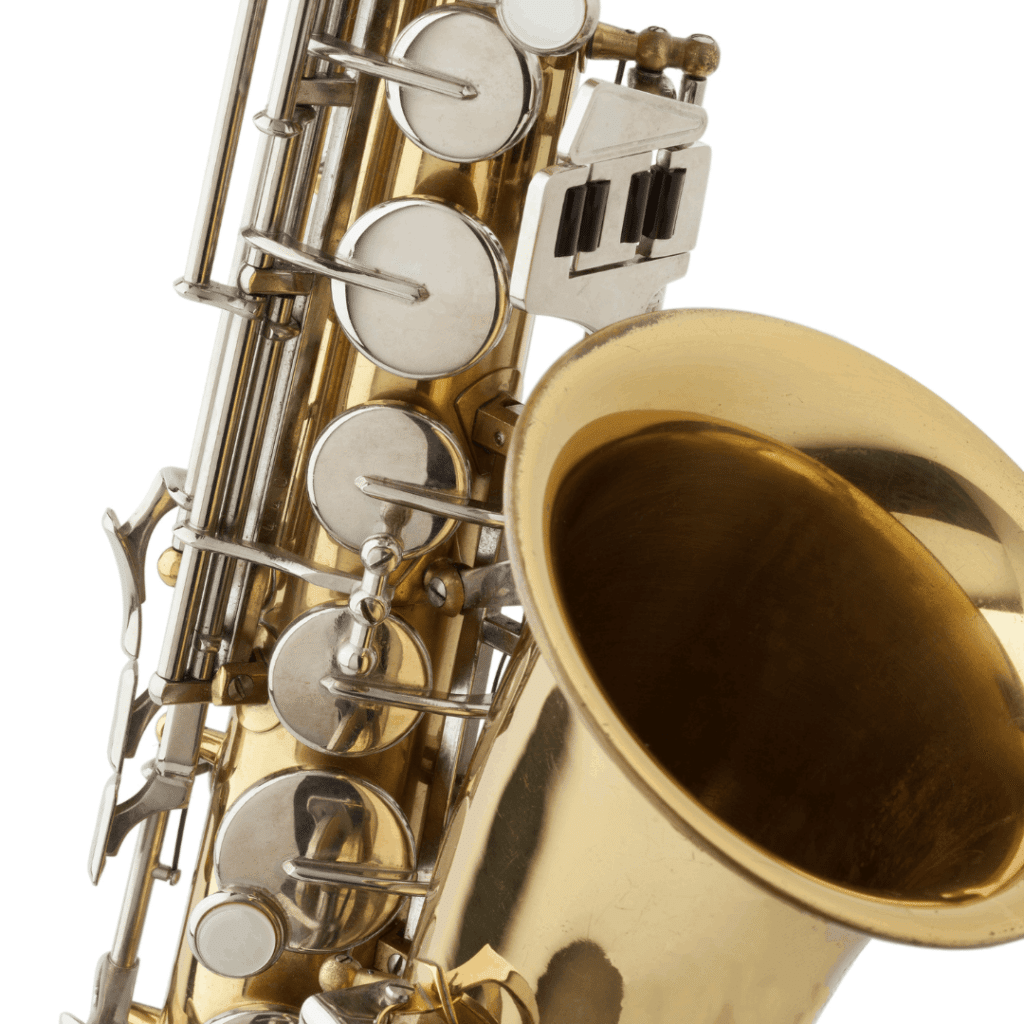
Metal is a less common material used in woodwind instruments but can produce a unique sound. Copper and bronze are sometimes used for the bells of saxophones, while aluminium is used in some flutes.
Platinum
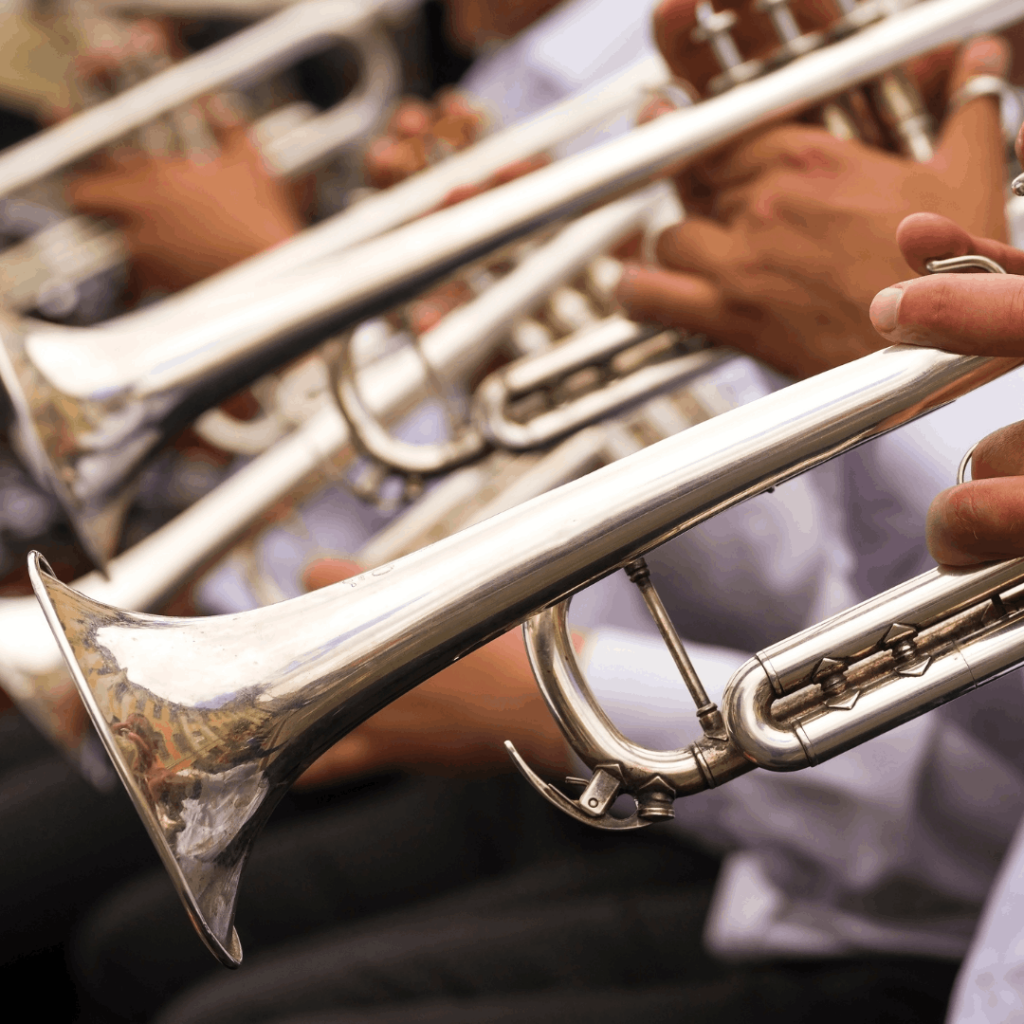
Platinum is an extremely rare and expensive material that’s sometimes used to construct high-end woodwind instruments. It’s a dense metal that can produce a bright and powerful sound.
Cane
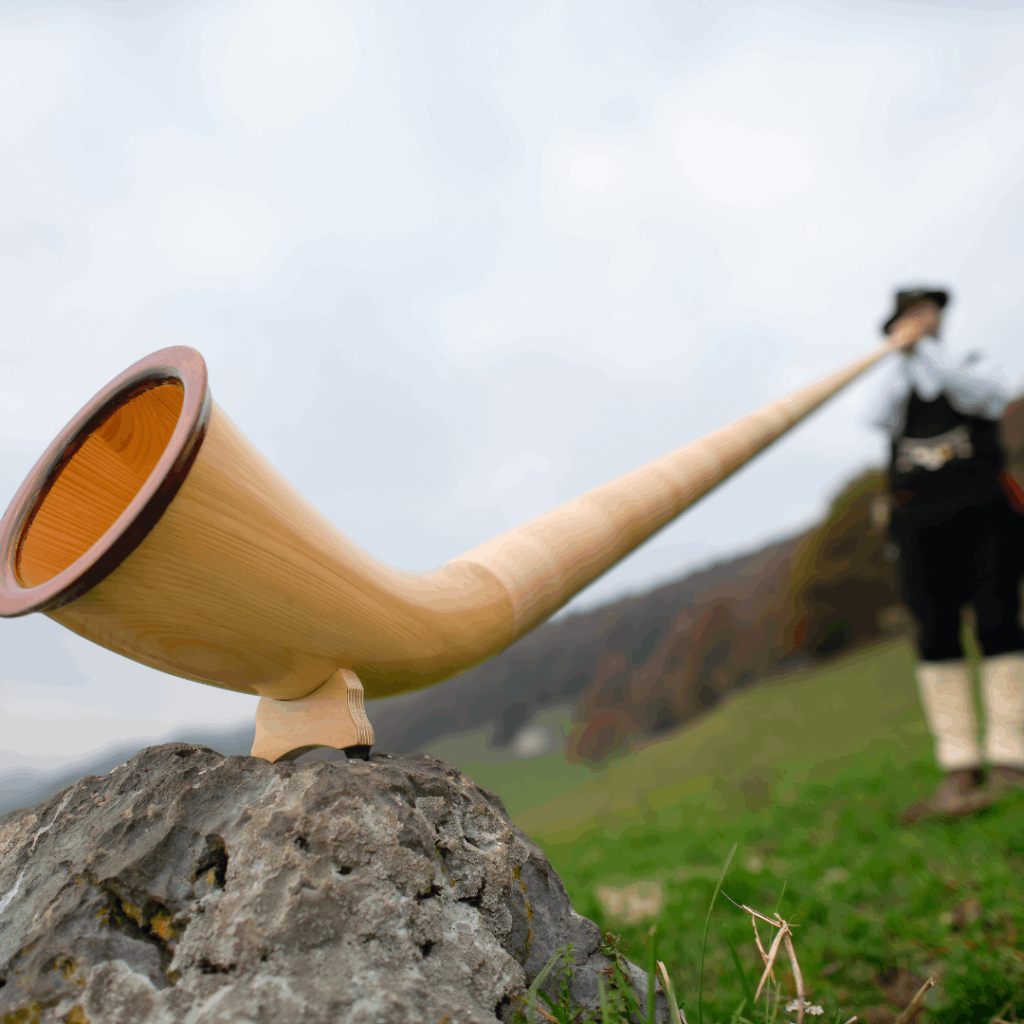
Cane is a grass commonly used to make reeds for woodwind instruments. It’s a flexible and durable material that can produce a warm and mellow sound.
Different Types of Woodwind Instruments
1. Flute Family
The flute family includes several different types of flutes, such as the standard C flute, the piccolo, the alto flute, and the bass flute. Flutes are known for their bright and pure sound, often used in orchestral and chamber music.
Jupiter JFL700EC Flute
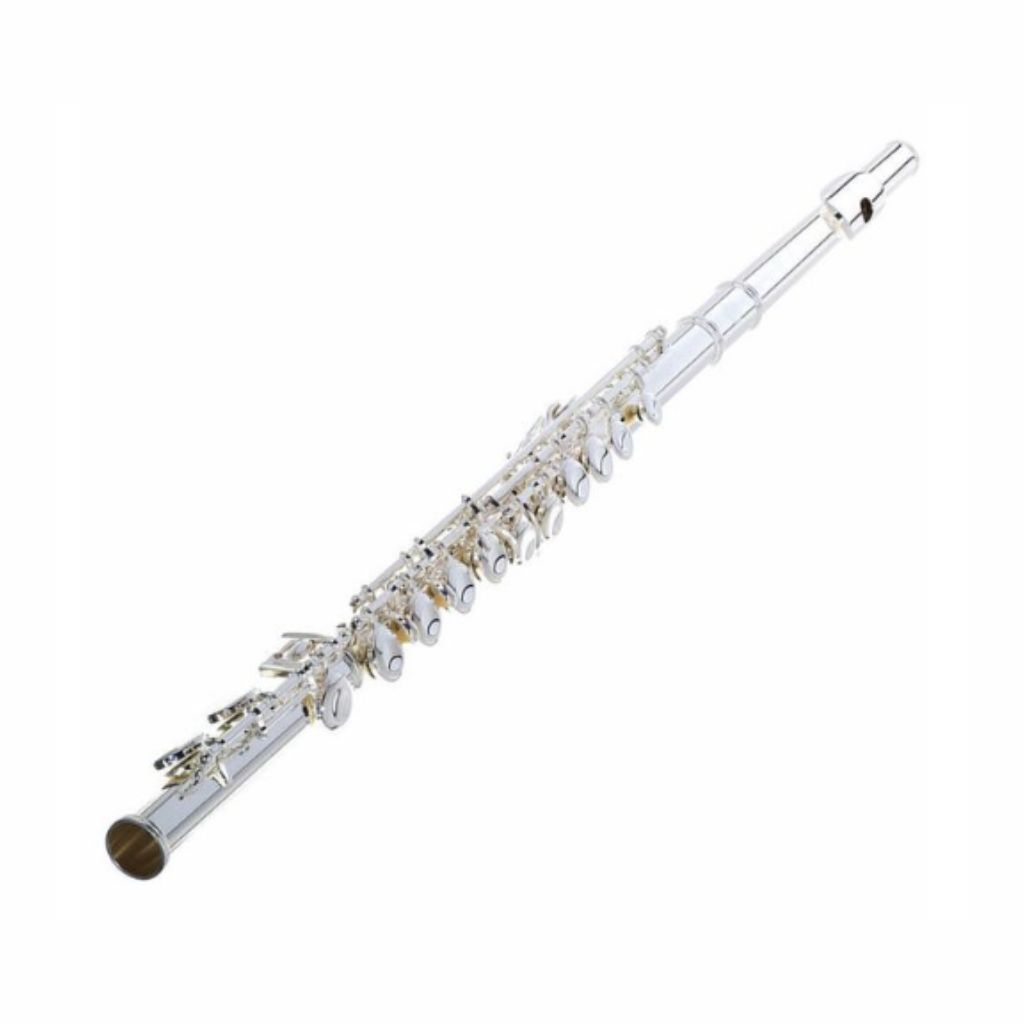
FEATURES: Has a wider riser angle for embouchure comfort
OTHER INFO: With a sterling silver metal plate for added warmth and projection
- Offers effortless high notes with a split E mechanism and offset G
- Allows you the satisfaction of great sound quality and a comfortable instrument
- Includes a French case and cover, so you're ready to travel
- Relatively heavy compared to other student instruments
When you click ‘Check Price’, you’ll see there are loads of great places to buy this item. Our personal favorite is Sweetwater for the US, and Thomann and Gear4Music for the UK & Europe.
They are the largest music retailers, with excellent customer service, competitive prices, really fast shipping, and the longest guarantees.
The professional musician who wrote this article combined many things,
from the product build, manufacturer’s reputation through to feedback
from other users, to create our famous TedScore™.
Yamaha YFL222 Student Model Flute
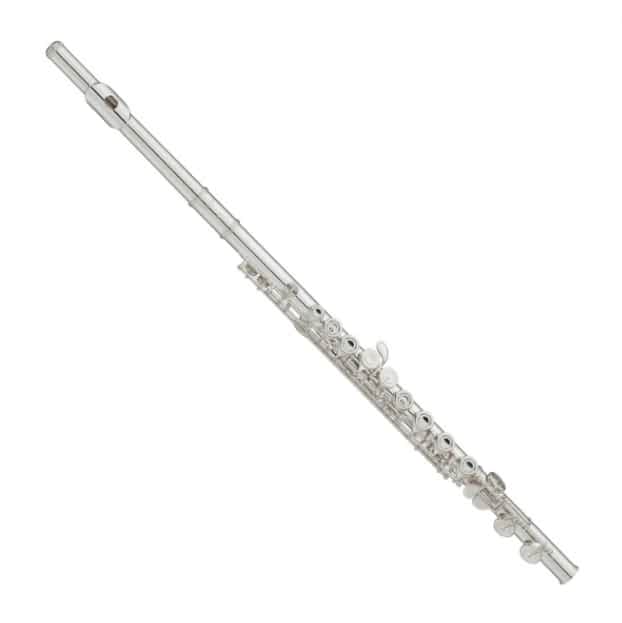
FEATURES: Delivers a responsive sound with superb intonation, With a well-built and durable nickel silver body for producing a clear, rich, and good tone
OTHER INFO: The offset G allows a more natural hand shape for comfort
- Ideal for students seeking to develop their skills
- Includes a maintenance kit, hard flute case and soft cover
- Relatively expensive compared to other student flutes
When you click ‘Check Price’, you’ll see there are loads of great places to buy this item. Our personal favorite is Sweetwater for the US, and Thomann and Gear4Music for the UK & Europe.
They are the largest music retailers, with excellent customer service, competitive prices, really fast shipping, and the longest guarantees.
The professional musician who wrote this article combined many things,
from the product build, manufacturer’s reputation through to feedback
from other users, to create our famous TedScore™.
2. Clarinet Family
The clarinet family includes several clarinets, such as the standard Bb clarinet, the bass clarinet, the E-flat clarinet, and the contrabass clarinet.
Clarinets are known for their rich and expressive sound, often used by jazz bands and in classical music.
Yamaha YCL255S

FEATURES: an adjustable thumb rest to make playing more comfortable
OTHER INFO: comes with a 5-year warranty
- Great sound
- Responds easily
- Durable material
- Projects well
- Somewhat expensive
- A bit basic for advanced players
When you click ‘Check Price’, you’ll see there are loads of great places to buy this item. Our personal favorite is Sweetwater for the US, and Thomann and Gear4Music for the UK & Europe.
They are the largest music retailers, with excellent customer service, competitive prices, really fast shipping, and the longest guarantees.
The professional musician who wrote this article combined many things,
from the product build, manufacturer’s reputation through to feedback
from other users, to create our famous TedScore™.
Buffet Prodige

FEATURES: leather pads for a complete seal and better intonation
OTHER INFO: tunes to A=442 Hz
- Ergonomic design
- Silver-plated keywork
- Comes with accessories
- Great tone
- Out of tune in the high register
- Hard to play quietly
When you click ‘Check Price’, you’ll see there are loads of great places to buy this item. Our personal favorite is Sweetwater for the US, and Thomann and Gear4Music for the UK & Europe.
They are the largest music retailers, with excellent customer service, competitive prices, really fast shipping, and the longest guarantees.
The professional musician who wrote this article combined many things,
from the product build, manufacturer’s reputation through to feedback
from other users, to create our famous TedScore™.
3. Oboe Family
The oboe family includes several oboes, such as the standard oboe, the cor anglais, and the bass oboe.
The oboe is a double reed instrument known for its warm and reedy sound, often used in orchestral and chamber music.
Yamaha YOB241B30 Student Oboe

FEATURES: Made with ABS resin body, With a semiautomatic, simplified conservatoire system
OTHER INFO: Has a warm oboe tone, similar to that of wooden instruments
- Designed to make learning and playing easier
- Comes with 200 Series Case
- May require more frequent maintenance with its resin material
When you click ‘Check Price’, you’ll see there are loads of great places to buy this item. Our personal favorite is Sweetwater for the US, and Thomann and Gear4Music for the UK & Europe.
They are the largest music retailers, with excellent customer service, competitive prices, really fast shipping, and the longest guarantees.
The professional musician who wrote this article combined many things,
from the product build, manufacturer’s reputation through to feedback
from other users, to create our famous TedScore™.
Yamaha YOB431B Intermediate Oboe

DESIGNED FOR: advancing players
FEATURES: Made with aged and seasoned grenadilla wood body for a professional sound, With keys hand-adjusted by experienced artisans for the best response
OTHER INFO: A semiautomatic octave system
Yamaha YOB431B Intermediate Oboe
- Crafted with precision to deliver a balanced response and exquisite tone
- Comes with a 400 Series Case
- More expensive than other intermediate models
When you click ‘Check Price’, you’ll see there are loads of great places to buy this item. Our personal favorite is Sweetwater for the US, and Thomann and Gear4Music for the UK & Europe.
They are the largest music retailers, with excellent customer service, competitive prices, really fast shipping, and the longest guarantees.
The professional musician who wrote this article combined many things,
from the product build, manufacturer’s reputation through to feedback
from other users, to create our famous TedScore™.
4. Saxophone Family
The saxophone family includes several different types of saxophones, such as the alto saxophone, the tenor saxophone, the baritone saxophone, and the soprano saxophone.
Saxophones are known for their powerful and expressive sound, often used in jazz, rock, and classical music.
Trevor James 'The Horn' Tenor Saxophone, Gold Lacquer

DESIGNED FOR: beginners and students
COMES WITH: With rib-mounted keys for added strength to the keywork and improved resonance
OTHER: A robust and reliable tenor saxophone
Trevor James 'The Horn' Tenor Saxophone, Gold Lacquer
- Checked by UK technicians to ensure perfection
- Includes a sturdy case, mouthpiece, and ligature
- The saxophone's finish may not be as good as on more expensive tenor saxophones
When you click ‘Check Price’, you’ll see there are loads of great places to buy this item. Our personal favorite is Sweetwater for the US, and Thomann and Gear4Music for the UK & Europe.
They are the largest music retailers, with excellent customer service, competitive prices, really fast shipping, and the longest guarantees.
The professional musician who wrote this article combined many things,
from the product build, manufacturer’s reputation through to feedback
from other users, to create our famous TedScore™.
Yanagisawa AWO37 Alto Saxophone, Solid Silver

PERFECT FOR: Beginners and advanced students
FEATURES: Luxurious metals offer a direct and pure sound
OTHER INFO: Underslung octave key offers a faster response
Yanagisawa AWO37 Alto Saxophone, Solid Silver
- Double-arm bell keys prevent distortion
- Unparalleled Japanese build quality
- Includes a wood shell case and mouthpiece
- Very expensive for a student alto saxophone
When you click ‘Check Price’, you’ll see there are loads of great places to buy this item. Our personal favorite is Sweetwater for the US, and Thomann and Gear4Music for the UK & Europe.
They are the largest music retailers, with excellent customer service, competitive prices, really fast shipping, and the longest guarantees.
The professional musician who wrote this article combined many things,
from the product build, manufacturer’s reputation through to feedback
from other users, to create our famous TedScore™.
5. Bassoon Family
The bassoon family includes the standard bassoon and the contrabassoon. Bassoons are known for their deep and resonant sound, often used in orchestral and chamber music.
Appearing in its modern form in the 19th century, the bassoon figures prominently in orchestral, concert band, and chamber music literature.
Schreiber S10 Bassoon

FEATURES: Made with maple body for warm, bright tones, With four rollers for a comfortable key transition
OTHER INFO: Has an expertly filed sound hole for accurate intonation
- Provides dynamic playability
- Has a natural finish for a stunning look
- Only has one crook instead of two, which may limit the range of playing options
When you click ‘Check Price’, you’ll see there are loads of great places to buy this item. Our personal favorite is Sweetwater for the US, and Thomann and Gear4Music for the UK & Europe.
They are the largest music retailers, with excellent customer service, competitive prices, really fast shipping, and the longest guarantees.
The professional musician who wrote this article combined many things,
from the product build, manufacturer’s reputation through to feedback
from other users, to create our famous TedScore™.
Other Woodwind Instruments
In addition to the main woodwind families, there are several other woodwind instruments, such as the recorder, organ, bagpipes, panpipes, harmonica, accordion, ney, shakuhachi, and the ocarina.
Some of them are less commonly used but still essential family members. Each of these instruments has its unique sound and playing style, used in various musical genres, from classical to folk to jazz and beyond.
Woodwind Instruments List: Final Thoughts
Great! Now, you’ve gotten to know the amazing members of the woodwind family!
We hope this article has been informative and engaging! Whether you’re a beginner or an experienced musician, there is always something new to learn about woodwind instruments.
Remember, each musical instrument has unique characteristics and sound, and it’s up to you to find the one that suits you best. Take your time and experiment with different wind instruments to find the perfect fit.
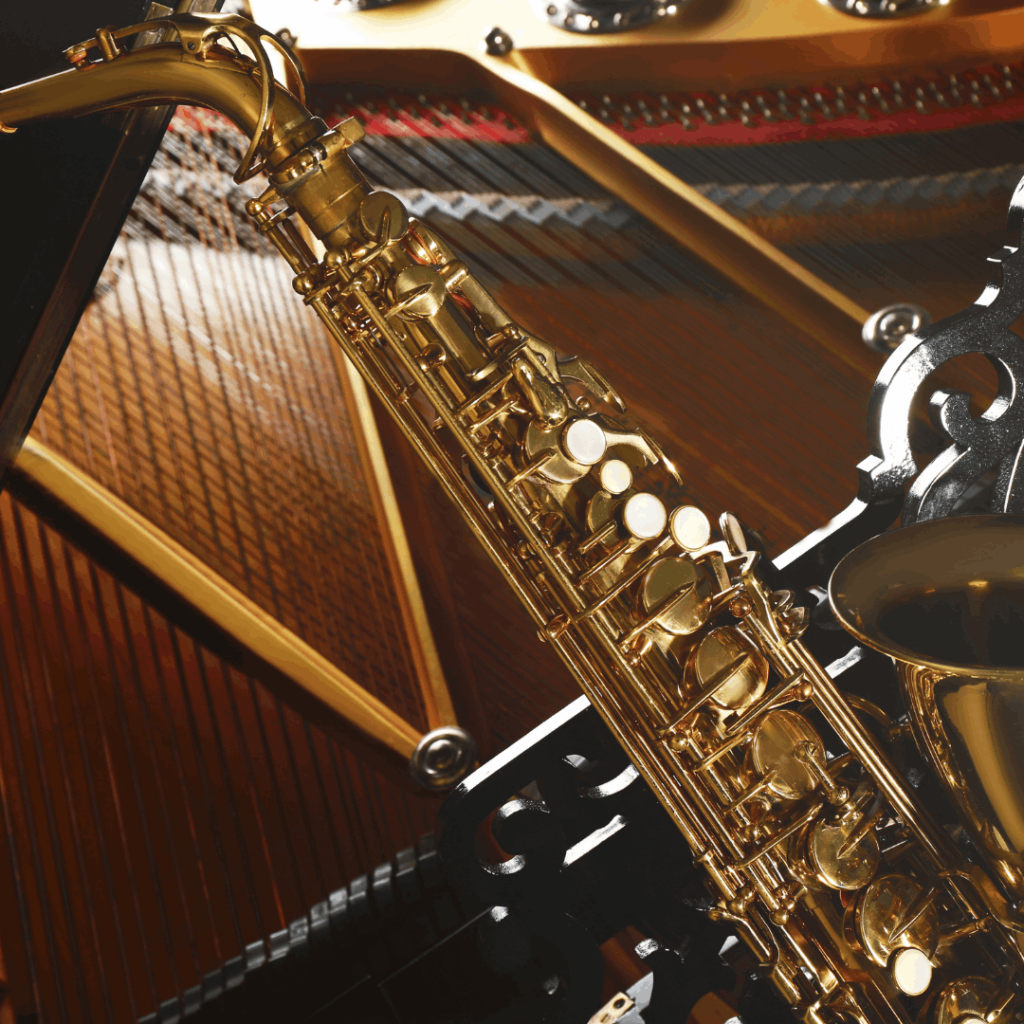
And don’t forget to have fun! Playing music is a fantastic way to express yourself and connect with others. Enjoy your musical journey!
Wait, we have something more for you!
Discover the essential accessories that every woodwind player should have in their toolkit!
Check them out here: 11 Must-Have Accessories for Woodwind Players
FAQ's
There are 12 woodwind instruments in total, including the flute, piccolo, alto flute, clarinet, bass clarinet, contrabass clarinet, alto saxophone, tenor saxophone, baritone saxophone, oboe, English horn, and bassoon.
The four main woodwind instruments are the flute, clarinet, saxophone, and oboe. These instruments are essential to the woodwind section of any musical ensemble, and each has its unique sound and playing techniques.
A trumpet is not a woodwind instrument. It’s a brass instrument that produces sound by the player buzzing their lips into a mouthpiece rather than using a reed or blowing air across a hole.











Great info on the materials! Can’t wait to share with my students. They’ll love learning about why their instruments are made from these materials.
didn’t know gold was used in woodwinds lol
This article does a wonderful job highlighting the complexity and beauty of woodwind instruments. As a flutist, I’m particularly fascinated by the mention of various materials, including silver and gold, which are crucial in producing the rich tones we cherish. It’s evident a lot of research went into this, and I appreciate the effort to educate readers on the subject.
Hey Katie Bennington, super cool article! I was just wondering, why’s cane used for some woodwinds but not all? Is it about the sound or something else?
Cane’s mainly for reeds, helps with the vibration and sound production. Different materials can change the entire feel and sound of an instrument.